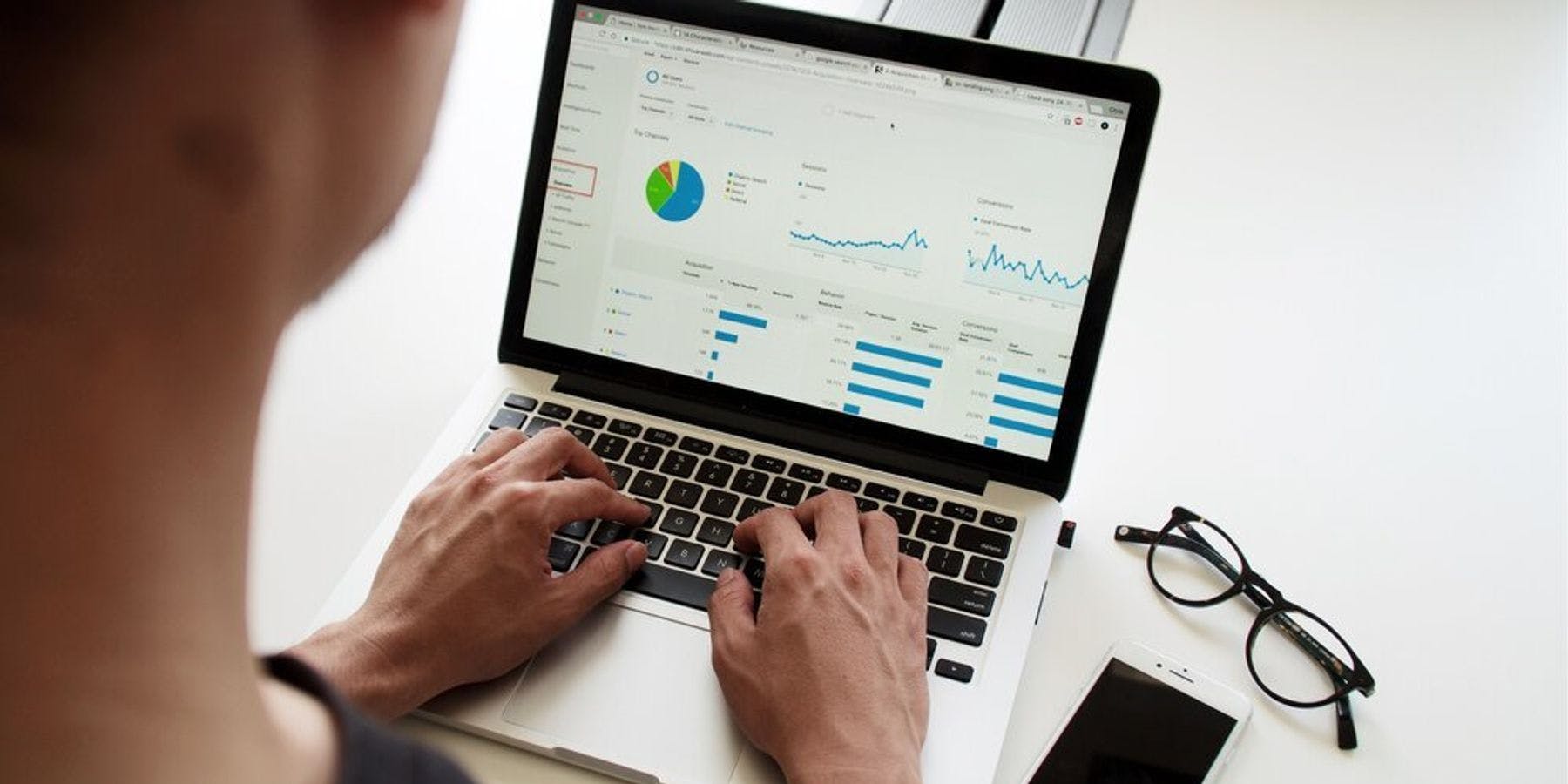Make the most of data collection with these 4 simple steps

If you look at the clinical trials over the past year and a half, the trials that have thrived during the pandemic are those that have not been dependent on visits to a clinical site or institution. The data is clear, decentralized approaches provide solutions for advancing data collection and even in a time when virtually everything was shut down, clinical trials were able to operate faster than they have in the past and organizations have been eager to add more decentralized approaches even after the lockdown restrictions have lifted.
Questions have always existed around data from patients, and it's largely due to the ongoing challenges that are faced that make it difficult to detect noise such as recall bias, observer-expectancy effect, and response bias. The capability to overcome these challenges within the industry is an innovative process of combining these data collection methods into one cohesive offering.
It’s these platforms that feed the hub of ALL the clinical data within a trial that allow sites and sponsors to easily view metrics and analytics for all key risk indicators topping the list, can see and resolve data discrepancies as they happen, reduce the need for on-site monitoring by eliminating source data verification, and have signal detection and discovery enablement front and center when using one platform.
Offering data collection in the moment changes the landscape and making the most of data collection can be done in these 4 simple ways:
- Include the patient and participant in the data collection process by using telehealth. Gathering information directly from the patient while entering the source system will only help reduce transcription errors and the chances of data entry errors. It's also the preferred method by regulatory agencies throughout the United States and Europe.
- Use the electronic source of data if it already exists to avoid duplication. With today's technologies we can pull data from medical records, device wearables and others.
- Provide a single-entry point by eliminating multiple systems with multiple passwords. Today clinical sites maintain access to many systems and if we consolidate this data, we can reduce the site burden and improve quality by reducing transcription.
- Provide all study team members with a study diagram showing all data streams, highlighting the ones for which they are responsible. By doing so, you're providing a general understanding of each part of the study diagram.
Data collection in the moment offers valuable perks to everyone involved in the clinical trial and these methods are continuing to provide data that also proves they are more accurate than the manual approach that has been used for so long. It's also worth noting that collecting data directly from a patient via their own device, having clinical staff use telehealth technologies to capture required data, and using home health services, as needed for assessments requiring a physical presence, are all examples of data collection in the moment and have been changing the way we conduct clinical research. As we move past the pandemic that upended the processes of conducting clinical trials around the world, we must embrace the technologies that have provided the data to prove it is the way of the future.
If you're interested in learning about a single platform that can combine your modalities to create a more comprehensive experience, request a simulation of THREAD's platform or email info@threadresearch.com.